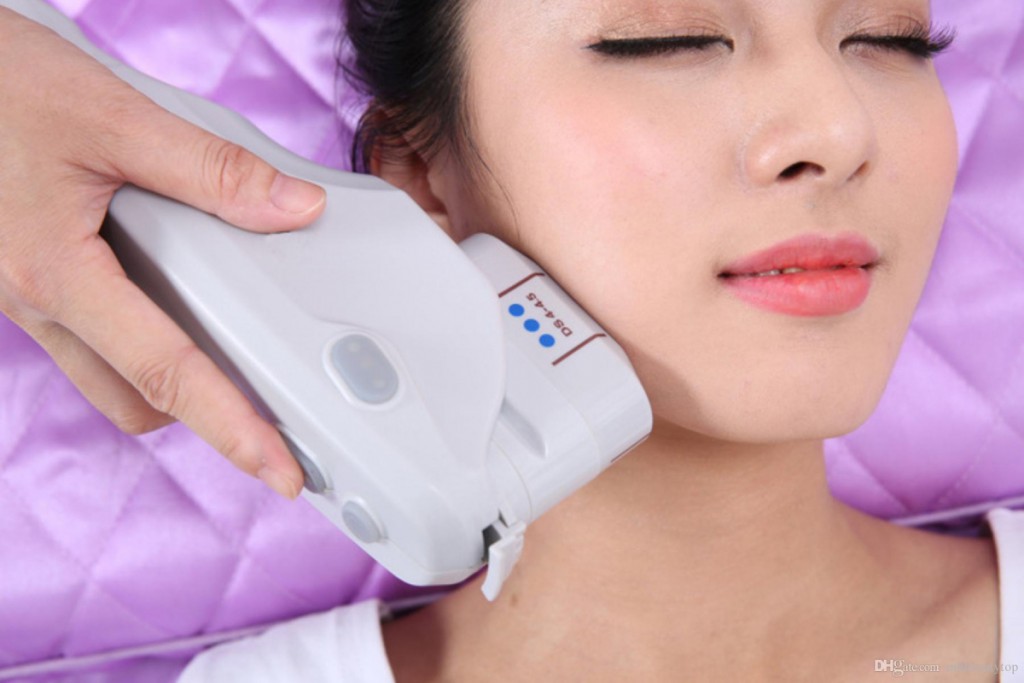 HIFU is one of the most effective aesthetic medicine treatments. It stands for high intensity focused ultrasound – a technology known in medicine for two decades and used for the treatment of cancer. On the other hand, it has been used in aesthetic medicine procedures for several years to obtain skin firmness and lift. In this case, the term HIFU is used interchangeably with ‘non-invasive facelift’. What does the non-surgical (HIFU) facelift involve and what results can you hope for?
HIFU is one of the most effective aesthetic medicine treatments. It stands for high intensity focused ultrasound – a technology known in medicine for two decades and used for the treatment of cancer. On the other hand, it has been used in aesthetic medicine procedures for several years to obtain skin firmness and lift. In this case, the term HIFU is used interchangeably with ‘non-invasive facelift’. What does the non-surgical (HIFU) facelift involve and what results can you hope for?
What does the non-invasive facelift consist of?
HIFU must be performed in a trusted and reliable salon. The ultrasonic device must be operated by a professional who knows how to match the intensity of the treatment to the type and area of the skin. The wrong use may lead to burnt bones.
Before the treatment, a doctor applies a gel to the skin and then presses the wave-emitting device to the treated area. HIFU isn’t pain-free. People who have a low pain threshold may experience a gentle prickling so the doctors may apply an anesthetic cream. The non-surgical lift is usually performed on the face skin but it also works for all skin areas needing tightening or repair.
HIFU doesn’t disturb the skin surface so the skin doesn’t need time for recuperation. All you may experience is a slight redness lasting for a few hours.
HIFU Non-invasive Facelift – effects
Due to burns, the cellular structure at the defined depth of the tissue is regenerated. Consequently, collagen fibres are shortened so the immediate effect is quite gentle. For final results, you need to wait from a few months to a half of year (that’s how long it takes for skin to regenerate).
Other HIFU effects:
- skin firmness and elasticity,
- reduction of wrinkles,
- enhanced face features,
- smaller skin pores.
HIFU is dedicated to sagging skin. Effects last from 18 months to two years. One procedure is usually enough for a desired look. In the case of really fragile skin, the treatment can be repeated up to three times every 1-3 months.





Leave a Reply